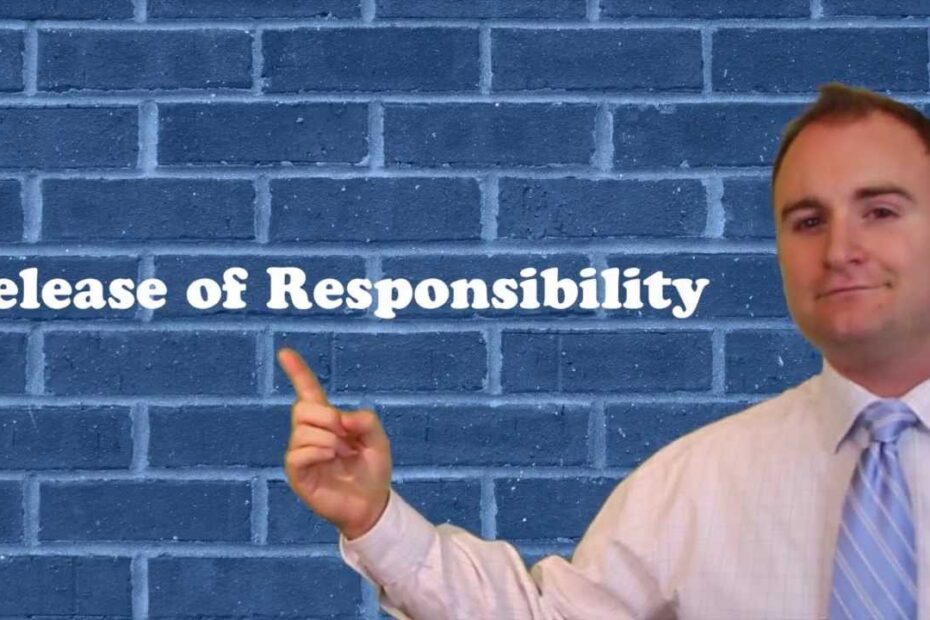Why the Gradual Release of Responsibility Model Falls Short in Modern Education
The Gradual Release of Responsibility (GRR) model, while once the darling of educators everywhere, is starting to show its age like a flip phone in a smartphone world. Designed to shift responsibility from teacher to student in a neat, linear fashion, it assumes that learning is a one-size-fits-all journey. Spoiler alert: it’s not. In today’s diverse classrooms, where students have wildly different learning paces, interests, and tech-savviness, the GRR model often feels more like a rigid recipe than a flexible framework. It’s like trying to teach a cat to fetch—great in theory, but in practice, good luck.
Another glaring issue? The GRR model doesn’t account for the chaotic, fast-paced nature of modern education. With students juggling everything from TikTok trends to AI tools, the idea of slowly releasing responsibility feels as outdated as a chalkboard. Here’s why it struggles:
- It’s too slow: By the time students are “ready” for independence, the world has moved on.
- It’s inflexible: It doesn’t adapt to the dynamic needs of today’s learners.
- It’s teacher-centric: It assumes the teacher always knows best, ignoring student autonomy.
In a world where adaptability is king, the GRR model is still stuck in its monarchy phase.
Critical Flaws in the Gradual Release of Responsibility Model: A Closer Look
The Gradual Release of Responsibility (GRR) model, while widely celebrated for its structured approach to teaching, isn’t without its pitfalls. One glaring flaw is its over-reliance on teacher-led instruction in the early stages. This can inadvertently stifle student independence, as learners may become overly dependent on guidance rather than developing their own problem-solving skills. Additionally, the model assumes a uniform pace of learning, which can leave faster learners bored and slower learners frustrated. It’s like trying to fit a square peg into a round hole—sometimes, it just doesn’t work for everyone.
Another critical issue lies in the transition phase, where students are expected to shift from guided practice to independent work. This phase often lacks clarity, leaving students confused about when and how to take full responsibility. Teachers, too, may struggle to gauge the right moment to step back, leading to either premature withdrawal or prolonged hand-holding. It’s a bit like teaching someone to ride a bike but forgetting to let go of the seat—awkward and counterproductive. Here’s a quick rundown of the key flaws:
- Over-dependence on teacher guidance
- Assumption of uniform learning pace
- Unclear transition to independence
